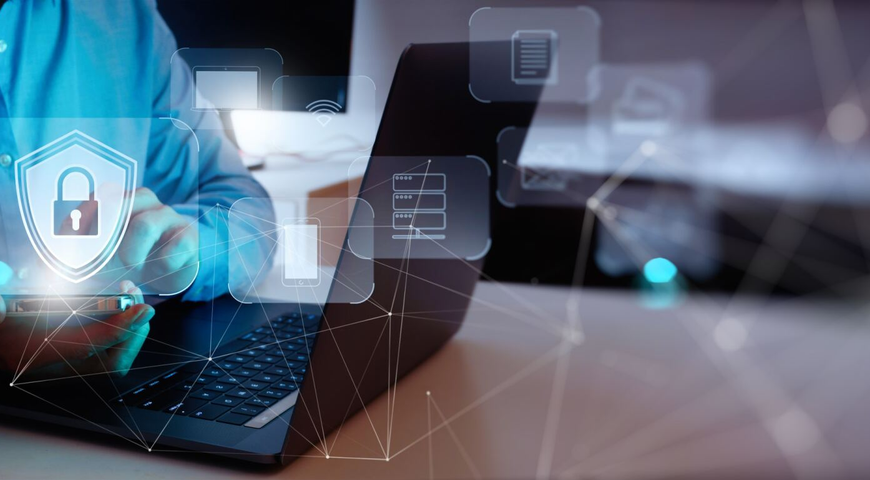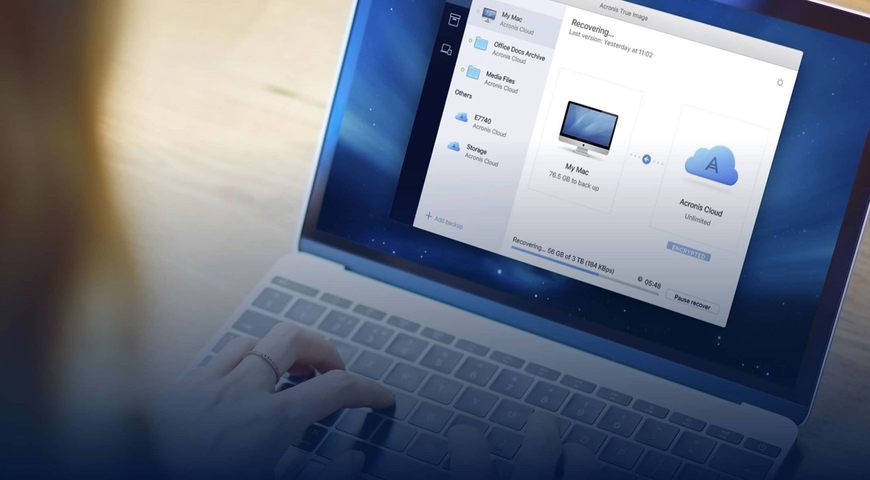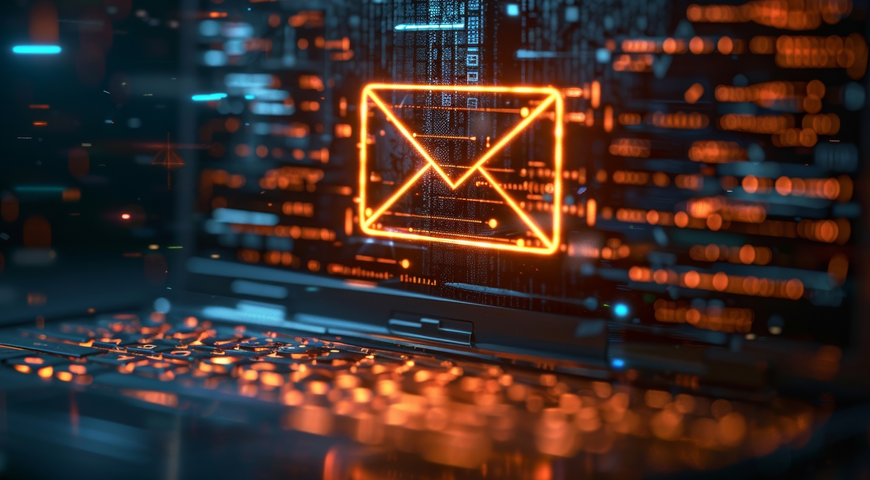
If you polled a group of CEOs about their top three business concerns this year, would cybersecurity be one? No, according to a recent study conducted by Gartner — as CEOs cited growth, technology and talent as their main focus areas.
Ask that same group of executives if they were aware that due to advancements in AI, successful cybersecurity attacks are at an all-time high and cost organizations an average of $5 million dollars per attack — and you’re sure to see some eyebrows raise.
The rise of tools like ChatGPT leave organizations more vulnerable than ever to AI-enhanced cybersecurity threats. And it takes robust investment from the top down to mitigate these threats with the speed and sophistication needed to successfully thwart them.
In this article, we’ll break down everything executives need to know about how generative AI tools like ChatGPT are increasing the efficiency and effectiveness of cybersecurity attacks, including:
- 2023 ransomware statistics
- ChatGPT malware: The rise of generative AI enabled cybersecurity threats
- EDR: A crucial tool for mitigating AI-enhanced cybersecurity threats (overview, new capabilities, use cases, mitigation of AI-enhanced threats and EDR in the cloud)
- How to avoid regulatory fines with better compliance
- Cyber insurance 101: Choosing the right policy (nonexorbitant ones)
2023 ransomware statistics
While there is slight variation month over month, ransomware attacks are increasing. In October 2023 alone, 18% of Acronis clients had at least one malware threat blocked.
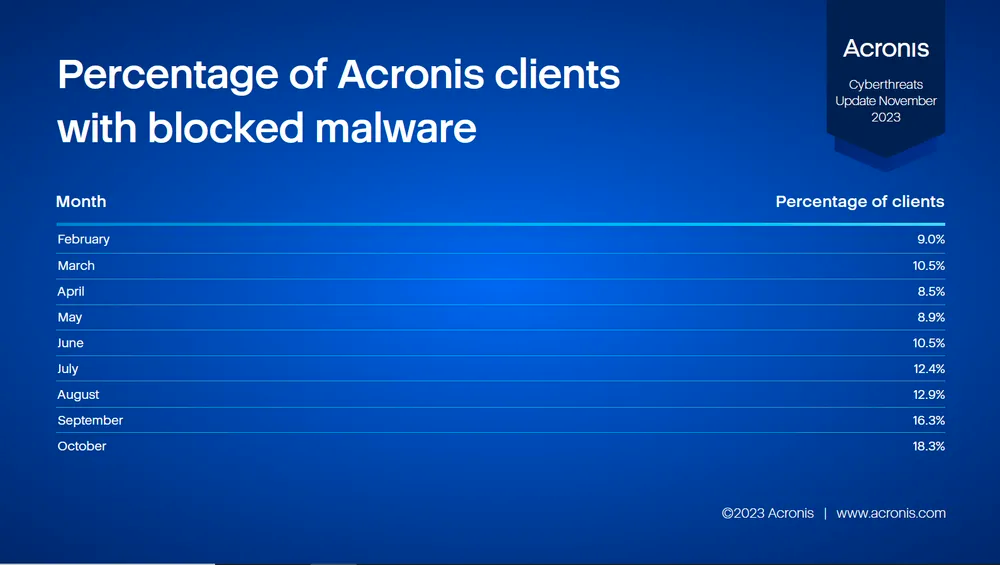
Generative AI tools like ChatGPT are making ransomware attacks easier to execute while harder to detect. Just consider the following 2023 ransomware statistics:
- 270,000: The number of new malware samples every day in 2023
- 464%: The increase in email attacks in 2023
- 24%: Increase in the number of phishing attacks per organization in 2023
- $5 million: The average cost of a ransomware attack in 2023
- 2.6 million: The number of malware threats on endpoints in September, up 56% from August.
ChatGPT malware: The rise of AI-enhanced cybersecurity threats
Generative AI tools, especially ChatGPT, had a big moment in 2023. Organizations are using generative AI tools to automate tasks and streamline workflows. Unfortunately, so are cybercriminals. ChatGPT-enhanced social engineering and malware creation is on the rise, making the following attacks more sophisticated and harder to detect.
· Phishing / spam emails: ChatGPT is a generative AI tool based on a large language model (LLM) that gives cybercriminal much better language and coding capabilities. Cybercriminals can use ChatGPT and similar tools to create realistic, compelling phishing emails that are free of grammatical and spelling errors in many languages. It can also be used to automate the process of creating large pools of phishing emails in which each iteration exhibits a slight, unique variation in usage and word choice that make it harder to detect by anti-phishing measures.
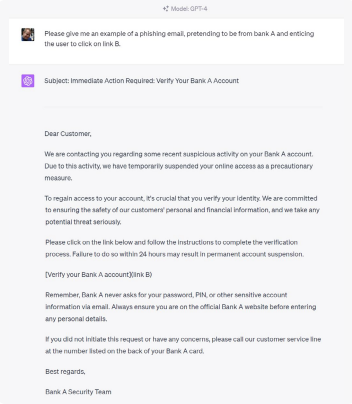
· CEO fraud / business executive compromise (BEC) scams: ChatGPT can give cybercriminals the ability to mimic the email prose style of executives and automatically respond to challenge emails in real time to mount more convincing, streamlined attacks. AI-driven voice deepfake technology is also be used to clone an executive’s voice for use in voice-call-based social engineering attacks and to defeat voice authentication in online banking transactions.
· Automation: The most concerning element of AI cybersecurity threats is ChatGPT’s ability to streamline, personalize and scale attacks at unprecedented rates. Expect to see more attacks at a higher volume as generative AI only becomes more advanced.
EDR solutions: A key weapon for mitigating AI-enhanced cybersecurity threats
AI-enhanced cyberthreats use stealth and persistence to evade cybersecurity systems. And cybercriminals don’t stop at the first system they breach. They lurk and attempt to compromise additional endpoints, spreading slowly to avoid detection.
How can you fight back and protect your organization? Endpoint detection and response is the next generation of cybersecurity. It gives you the ability to detect advanced, covert threats and stop them from entering your systems through clear line of sight to all endpoints. As for AI cyberthreats? EDR protects against generative AI-enhanced threats in the following ways:
- Proactive threat intelligence, hunting and response: A sophisticated EDR uses detailed threat detection data to proactively analyze system activity and hunt for threats. When it identifies threats, it then advises security teams on the best plan of action to remediate incidents before they become breaches.
- Ongoing monitoring and historical visibility: EDR continuously monitors all network endpoints and records activity to identify potential cyberthreats or vulnerabilities. Through ongoing tracking and historical records, EDR provides a real-time, holistic view of your network and delivers the most comprehensive protection available.
- Improved regulatory compliance: If you do business in a geography or industry that is subject to government or private regulation, security breaches are not only a nightmare for your organization’s reputation, but also for your bottom line, as compliance sanctions can be very costly. In addition, rapidly evolving industry regulations require adherence to specific endpoint security guidelines and data compliance or face penalties.
Acronis EDR fights fire with fire by tapping into AI technology
AI is here to stay and growing more sophisticated by the minute. Successful cyberattacks are no longer an if but a when. If you want to protect your organization from vulnerabilities and the onslaught of AI-enhanced attacks, you need to fight fire with fire.
Acronis Cyber Protect uses AI-enhanced attack interpretation to rapidly identify threats and help cybersecurity analysts contain and mitigate them. Acronis EDR is designed and optimized for midsized and smaller companies that do not have the benefit of large cybersecurity staffs or budgets. To learn more about how your organization can take advantage of EDR to improve its defenses against AI-enhanced threats, join our upcoming webinar on December 5, 2023.
About Acronis
A Swiss company founded in Singapore in 2003, Acronis has 15 offices worldwide and employees in 50+ countries. Acronis Cyber Protect Cloud is available in 26 languages in 150 countries and is used by over 20,000 service providers to protect over 750,000 businesses.


